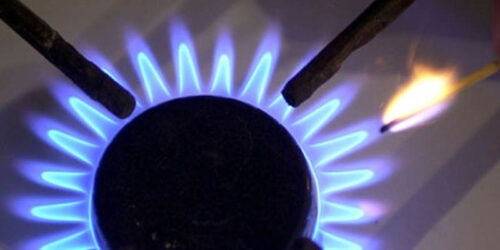The third slab (200 cubic metres per month) pertains to almost two million consumers with 18pc of gas consumption. They are currently charged at Rs553 per unit and their monthly bill works out at Rs3,733. The petroleum division has sought their rate to go up by about 24pc to Rs683 per unit, showing an increase in monthly bill to Rs4,300.
Also, just 3.3pc (or 371,000) consumers fall in the fourth slab with monthly consumption of 300 cubic metres and are currently charged at Rs738 per unit, translating into monthly bill at Rs8,016. The petroleum division has suggested the price for this category to increase by 35pc to Rs1,000 per unit that would increase its monthly bill by Rs2,260 to Rs10,272.
For the fifth slab of up to 400-cubic-metre consumption, about 93,000 consumers (0.8pc of total) are currently charged at Rs1,107 per unit, taking their bill to Rs14,400 per month. The petroleum division has proposed 36pc higher rate of Rs1,500 per unit for consumers in this category, increasing their monthly gas bill by Rs5,100 to Rs19,500.
There are about 49,400 (or 0.4pc) consumers in the sixth and last slab of over 400-cubic-metre monthly consumption who utilise about 3pc gas sales. They are currently charged at Rs1,460 per unit that the petroleum division has suggested to go up by 37pc to Rs2,000 per unit. The monthly bill in this category at Rs25,500 would jump by Rs9,130 a month to reach Rs34,625.
The petroleum division has reported that two public sector gas utility companies – Sui Northern Gas Pipelines Limited (SNGPL) and Sui Southern Gas Company Limited (SSGCL) – were facing challenges as their indigenous gas supply sources have depleted and no net increase or addition has been witnessed. The import of RLNG to make up for the supply gap had substantial impact on their full cost recoveries due to drastic differences in the tariff for indigenous gas and imported RLNG.
Against the total availability of gas in Pakistan, the residential sector has emerged as the second biggest gas consumer after power and fertiliser. The primary use of gas for residential consumer is cooking in summers and additional usage for water heating and space heating in winters, resulting in steep increase in demand and consumption of gas – about 50pc increase for SSGCL and more than 100pc for SNGPL.
The substantial difference in the tariff of indigenous gas and RLNG has increased the un-recovered tariff differential to Rs104bn for SNGPL alone. Historically, the indigenous gas tariff structure for residential consumers has remained cross-subsidized and the differential to the actual cost of supply was charged to other consumers i.e. commercial, industrial, power and CNG.
This structure of lower tariff for residential consumers has resulted into accumulation of tariff differential on the balance sheets of SSGCL and SNGPL who are unable to pay the cost of gas purchases from public sector gas producers.
The present gas tariff structure for residential consumers was approved in July 2019 and is still in place. The current tariff for domestic consumers results into average sale price of Rs400 per mmbtu of gas for SSGCL and Rs350 per mmbtu of gas for SNGPL, respectively, while average cost of supply for both the companies is Rs683 per mmbtu.
The petroleum division has argued that natural gas was scarce resource and its efficient utilisation for growth of the economy was unavoidable. Therefore, residential consumers using gas for the purpose of space and water heating should switch to electricity to reduce capacity payments against installed power generation capacity as well as minimising burden on gas supply chain.







